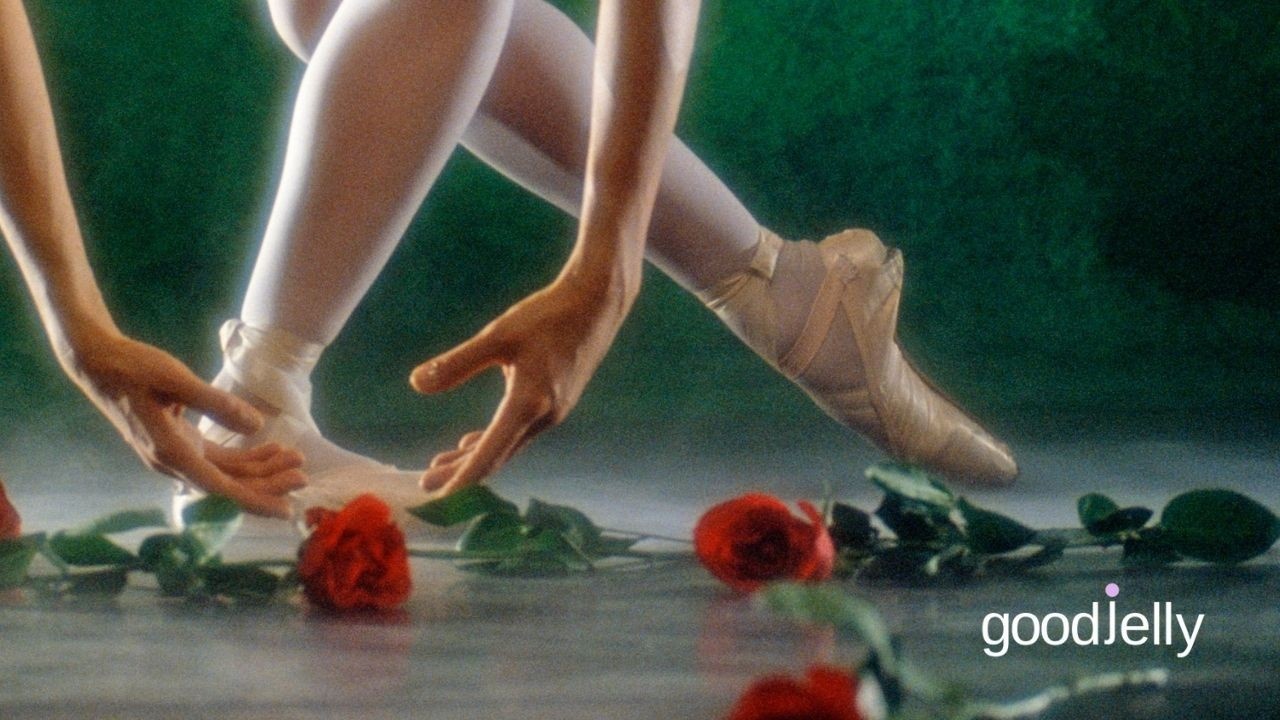The Goodjelly Blog
By Christine Carron
A few weeks ago, my friend Carol Brown posted photos of her dog Erik participating in a dog agility event. I am lucky to have many dog training friends, and many of my dog training friends participate in the sport of dog agility, which means I get to see photos of many amazing d...
By Christine Carron
One of the most profound lessons I integrated from my years of dance training was to finish well. At its core, this directive is a guard against performance meltdowns in situations where a dancer flubs or forgets the steps, or worse, falls. It calls you to pick yourself up, keep...
By Christine Carron
I admit to being annoyed. I recently read a book (that shall remain nameless) where the author set up the main character, a girl, as being six feet tall. Then the author sent said character to a masquerade party and another key character had a conversation with our masked, six-f...
By Christine Carron
Building a habit of writing regularly continues to be a work in progress for me. A major gift of starting this blog has been the confidence-building effect of posting weekly. I show up for this blog (and for you, the readers) and my writing shows up in return. Again and again.
...By Christine Carron
When you go to a writing conference or workshop, if you are anything like me, you want positive change to happen as a result of your attendance. Not only because it’s an investment of your time and money, but also because you are committed to growing as a writer. Perhaps though,...
By Christine Carron
Somewhere over fifteen years ago, I bought the book Writing the Mind Alive: The Proprioceptive Method for Finding Your Authentic Voice by Linda Trichter Metcalf and Tobin Simon. I found it in the gift shop of the Red Lion Inn in Stockbridge, Massachusetts. I remember taking it o...
By Christine Carron
Which is more memorable? A girl in a beautiful pink prom dress or a girl in a beautiful pink prom dress wearing sky blue sneakers? Blue sneaker girl wins in my book every time.
A girl in a pink prom dress is expected. A girl in a pink prom dress wearing sky blue sneakers . . ....
By Christine Carron
In last week's post, I mentioned a time at a writing conference where I asked a pointless, fawning question that I imagine led to an internal eye roll by the editor to whom the question was directed. As soon as I stepped away from the conversation I was like, “Why did I do that...
By Christine Carron
Once a manager attempted to pressure me into committing fraud. When I refused, that person attempted to spin the story so that it appeared that I had been in the wrong and was not a team player. It created a period of discomfort in my life, in my career. I can’t say I was overjo...
By Christine Carron
I should be devastated. After a discussion with my first readers, it became clear that the revision I had been working on for ten months did not work.
I am not devastated. I am relieved. Clarity is a beautiful thing. No matter how difficult the truth.
Once you have clarity, y...
By Christine Carron
As I thought about what I would write this week, a memory kept sneaking up on me: the first time I used a mouse. It was also the first time I used a personal computer. I was a senior in high school nearing graduation and visiting my older sister at college. I had a final paper i...
By Christine Carron
I am not much of a gambler. Once I was in Las Vegas on a business trip and went with some colleagues to play blackjack. I giddily explained my novice status to our dealer, a white woman so brown and wizened it looked like she spent every non-working, waking hour in the sun, slep...














